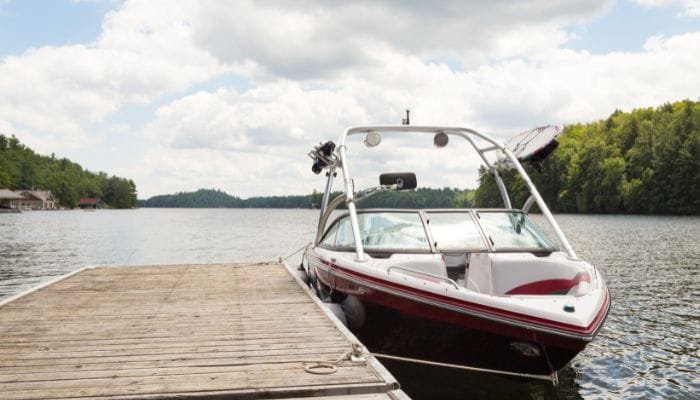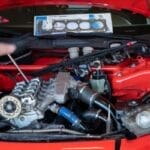It’s easy to associate boat sinkings with unfortunate events like a high-speed collision, lighting strike, or fiery explosion. While these all sound like situations directly out of an action film, they are realistic and have detrimental effects on your vessel.
However, most recreational watercraft succumb to sinking due to neglect. If you think your vessel is safe at the marina or alongside your private dock, you may want to think again.
Your boat may be collecting water in the bilge, and enough water accumulation can send your watercraft to the bottom of the lake!
Continue reading on to discover how to prevent your boat from sinking dockside!
Inspect and Replace the Bilge Pump
A bilge pump can make a difference between a sinking or swimming ship. However, it’s easy to overly rely on its function to save your craft from a submerged fate.
Bilge pumps can remove condensation and other moisture that collects in the component. So if a small amount of water is consistently flowing into the boat, the bilge pump may buy you some time to correct the issue, but it isn’t a permanent solution. The device can fail, resulting in some severe consequences.
Remember to inspect the pump to ensure proper function and replace its connecting hose with a nylon-reinforced option if you notice any damage.
Winterize Your Watercraft
As the seasons change and temperatures begin to drop, it would be wise to winterize your boat. Freezing climates can turn lakes into ice skating rinks and cause damage to hoses and other devices below the waterline.
If water were to travel into the gear tube and freeze, it could crack metal and damage seals. Consider using anti-freeze in boat engine raw-water systems, coat gears with lubricant solutions, and check your battery to avoid having to resurrect vessels from the deep.
Examine Boat Fittings and Connections
It’s standard to notice holes on the bottom of your boat, but don’t panic! These openings are the vessel’s drain plug, transducers, sensors, mounting bolts, and through-hull valves.
These gaps typically have covers in place to prevent water from coming through; however, vibration, age, thermal cycling, and other factors can loosen them.
It helps to perform regular checks and inspections on boat fittings and connections. Replace rusty hose clamps with stainless-steel options and replace worn hoses if you notice significant damage.
Whether you’re well into the boating lifestyle or a first-time boat owner needing tips, it helps to know how to prevent your boat from sinking dockside. Conducting these best practices is relatively easy if you upkeep a maintenance schedule and inspect watercraft frequently.








































